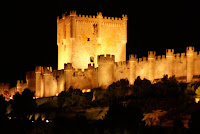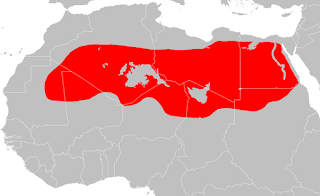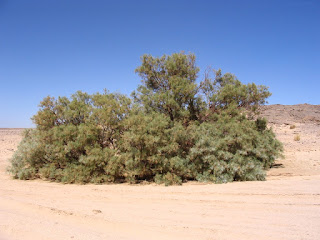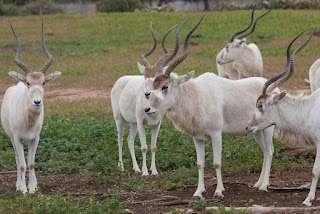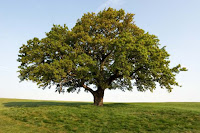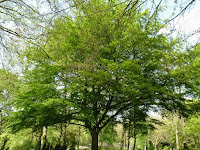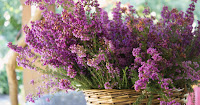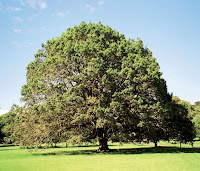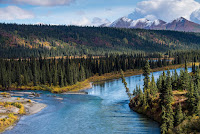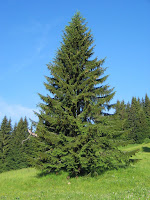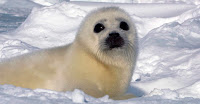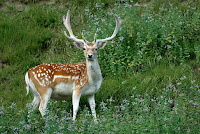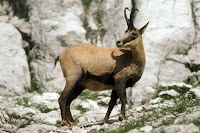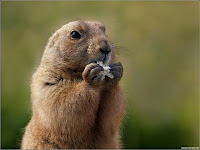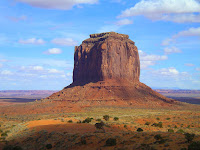KEY WORDS
AND TERMS
Population:
is a group of people who live in a territory or a place at a particular moment
in time.
birth rate: number of births that take place in a population over a year per 1000
inhabitants that occur during a year in a particular place.
death rate: number of deaths that take place in a population over a year per 1000
inhabitants that occur during a year in a particular place.
natural
increase: is the difference between births and deaths, and it is expressed as a
percentage. This percentage shows if a population is growing, stable or
decreasing in size, as well as the rate at which it does so.
infant
mortality rate: Is the number of deaths of infants
under 1 year
life
expectancy: describes how long a person may live in years. It’s an indicator of
a country’s quality of life and, as with many other indicators, there are great
differences between the situations in different countries.
dependency
ratio: it´s a age-population ratio ofthose typically not in the labor force
family
planning: people who decide to have a x number of children.
population
piramids/age-gender structures: is one way to look at the demographics of a
country. Demographics are population characteristics, such as age, gender,
race, religion, or language. A population pyramid looks at only age and gender.
It is constructed to show how many people in a particular age group are male of
female. This is done using a horizontal bar graph. The result is a clear
picture of how a country's population breaks down according to gender and age,
and where the most people occur according to those two pieces of information.
fertility
rate: Is the number of live births by the number of women ages 15-49 in a given
year per 1000.
ageing
population: the percentage of a worker's retirement income that is paid out by a pension program.
population
distribution and population density:the world’s population is distributed very
unevenly across the globe. There are certain regions which are truly barren and
others which are extremely populated and which have very densely populated
areas.
MEDC:more
economically developed country (rich countries)
LEDC:less economically developed country (poor
countries)

